Everybody knows that only two things go into making tea — the leaves, and the water. We talk about tea often enough. Despite the attention paid to it from time to time, however, water is still a rarely discussed subject. My drinking today is a good reminder of why we should always be mindful.
I pulled out an old sample that I haven’t tried for a long time — the 2nd puerh trade fair cake from Houde. I got what appears to be the center piece
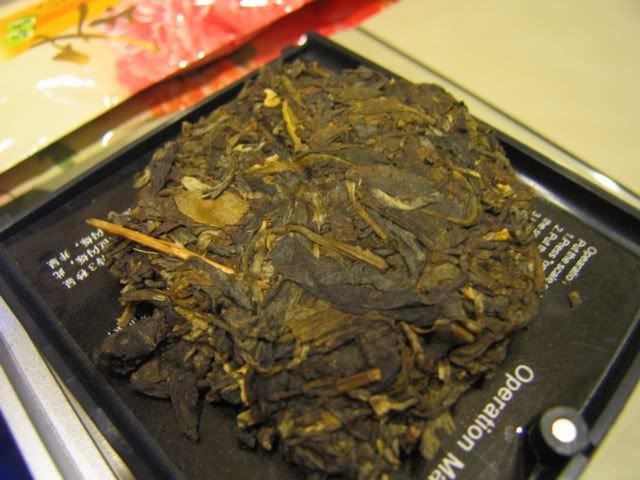
So I broke off a chunk, about 7g in all, into my young puerh pot and brewed.
The first two infusions were fine
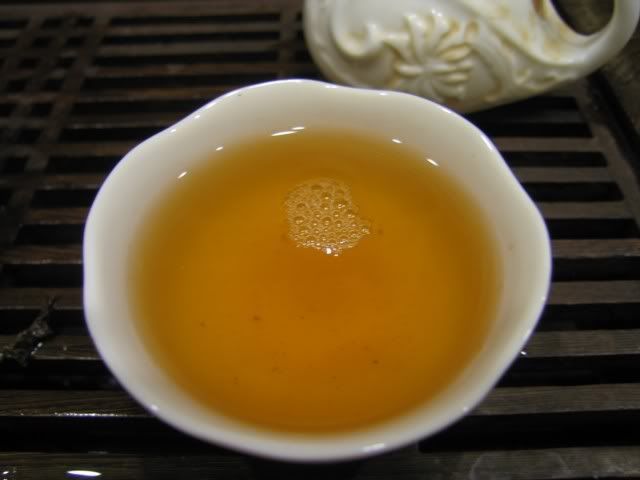
(this, by the way, is white adjusted, while the other one was not)
It was crisp, a little sweet, somewhat bitter, and had a decent finish. You can taste the Menghai area characteristics in this cake. Nothing too fancy, but a solid performer.
Then… as I added water to my kettle to reheat, I poured in some of the mineral water I bought recently from the local supermarket. It’s a water from France, of a lesser known brand, and quite heavy in minerals. I usually only add a splash of this sort of thing to my regular source of filtered tap water. That’s what I did today, although I may have added a little more than just a splash or two.
I reboiled the new water, and brewed…. and something seriously wrong happened. The tea became quite bland, rough, and generally less pleasant to drink. I don’t think it has to do with just the temperature. I brewed another infusion…. same thing. I can’t believe a tea will turn on me this fast. I tried some of the water on its own… hmm, tastes a little different than usual, no doubt because of the few splashes of the mineral water I used. I then poured all of it out into a glass and refilled the kettle with filtered tap water, boiled it, and brewed again… and the tea returned on the trajectory it was going on before I switched water on it, skipping two infusions. It was still a bit rougher than earlier, but that’s often to be expected. It also brewed up slightly weaker, which is definitely expected.
The lesson here, though, is not that tap water can be better than mineral water in a bottle. That I think everybody already knows. What I have noticed over time is that different teas require different water. That might seem an obvious point, but what I have found is that even different kinds of the same tea can often have completely different water requirements.
I have brewed young puerh that want opposite kinds of water. Using two kinds of water with two kinds of young puerh, they will behave in opposite directions with the two waters used. I’ve done this side by side with Tiffany before, so I don’t think it’s just placebo because you would at first expect most young puerhs to behave similarly. The difficulty is to know what it needs, and that, I am afraid, will only come with experimentation with each particular kind of tea in hand. If you want to get really technical, perhaps weather, air temperature, humidity, and all those other things also affect the water requirements, but since we can’t really control all of that, it’s almost not worth our time and effort to do so.
I don’t think there’s one or two kinds of water that’s universally good for all teas. There is, of course, cost and practical considerations involved in this. The carbon footprint of a bottle of water traveling all the way across the globe from some pristine location to your home in the middle of a metropolis is huge. The price is often high. The differences often subtle. Whereas ages ago people can write that “spring water is the best, and do not use well water” or some such absolute statements when talking about water to make tea, they can do it because I think the variety of teas they had was much smaller than our current day market. They could not possibly have had access to many more than a few kinds of tea, and the means of production were also more similar than it is today. Nowadays teas are made using a wide variety of methods, many of which are quite new. How that changes the way the tea reacts to the minerals in the water is going to involve a lot more complications. That’s not even counting the fact that there’s spring water, and then there’s spring water….
I like having a few bottles of different kinds of water around, and usually only add a little bit of one or the other to my kettle while brewing tea to experiment with such changes. For teas that I drink often, I sometimes try to figure out better what best to use for it in particular. At some point, though, it becomes too much work and detracts from the enjoyment of the drink itself. As long as one is satisfied, perhaps it doesn’t matter at all.

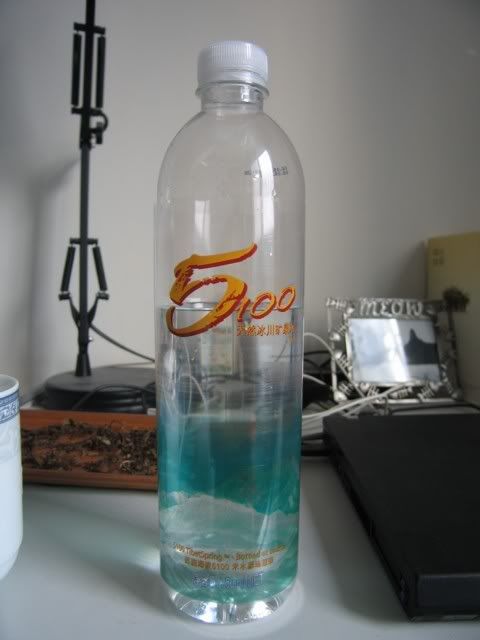
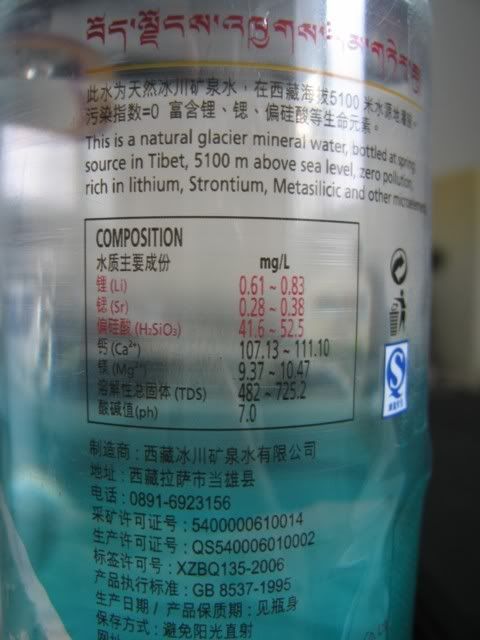
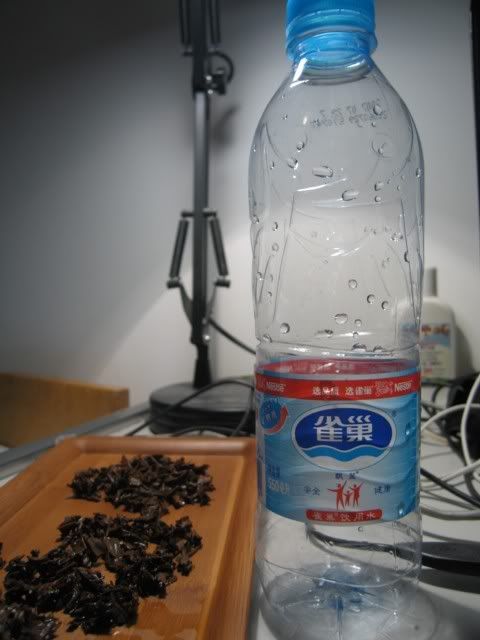
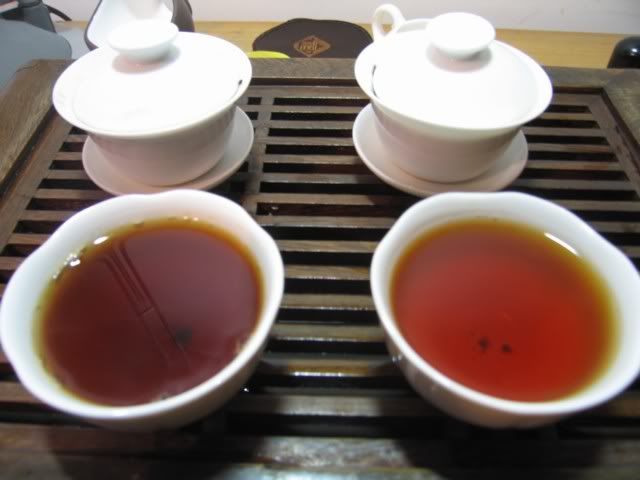
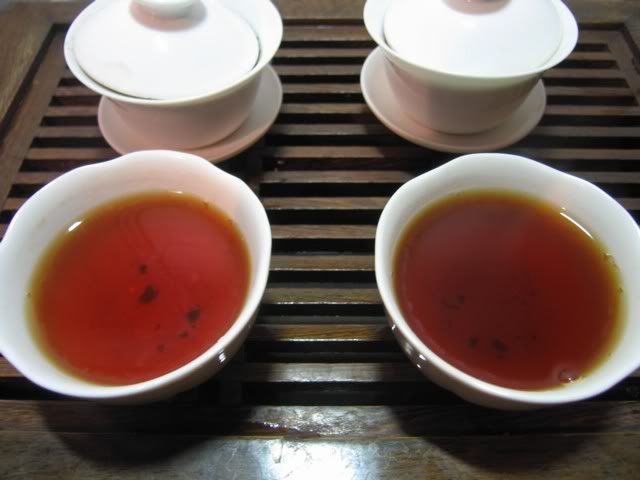

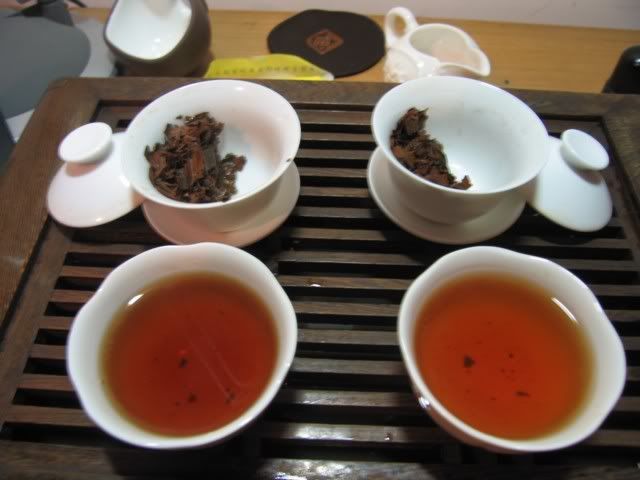
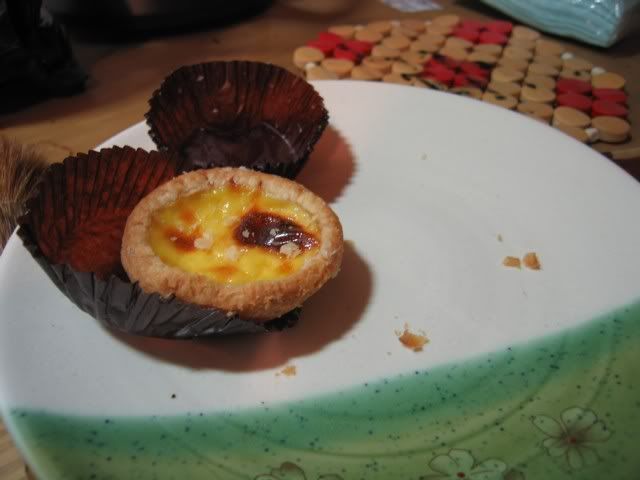
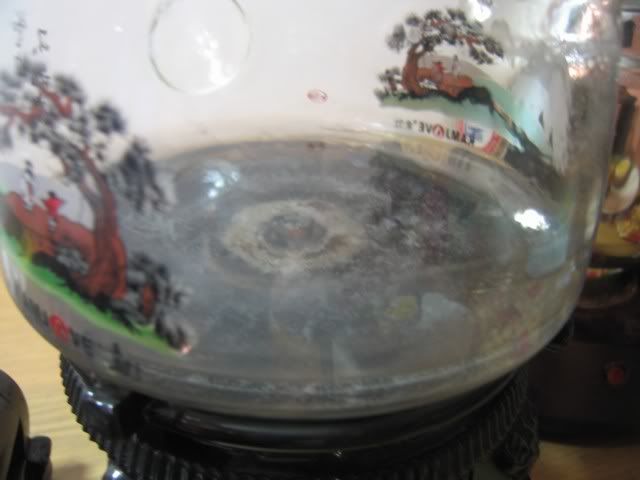
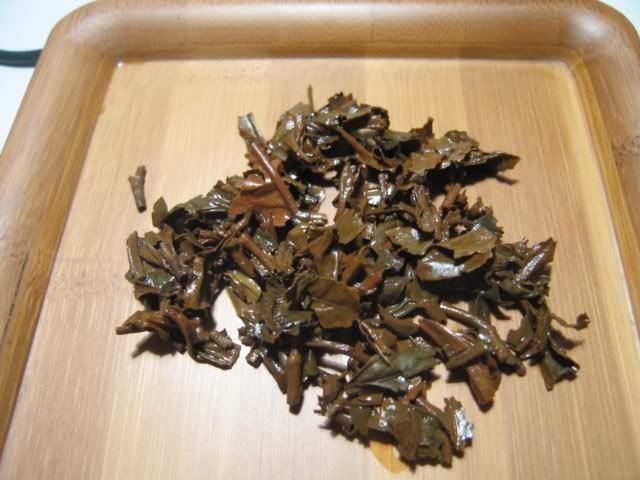




Yeah whisky prices have been leaking too, as well as luxury watches. I wrote a post maybe a decade ago…